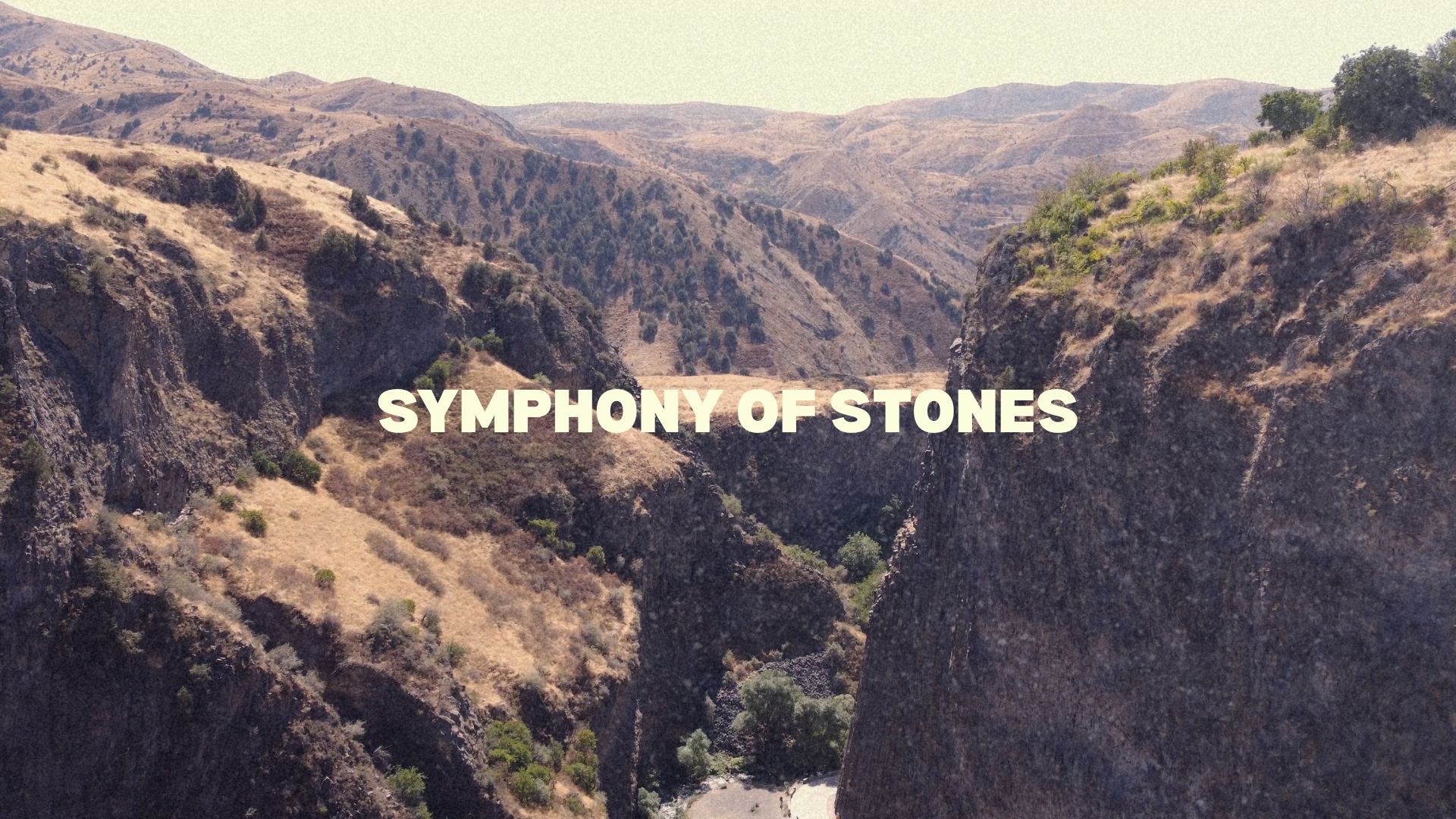
The name 'Symphony of Stones' is one that I've heard a lot during my time in Armenia. It pertains to a specific location in the Garni region in which natural formations in the mountains have created a beautiful pattern visible in the stone. I have no idea where the name 'Symphony of Stones' originated from, but it's the universal English name for the location and one that I definitely believe adds to the majestic natural wonder. Not too far from this area is the also much-loved (domestically and internationally through the tourists) Garni Temple, which I recently wrote about as well. You can't really see the temple from this location unless you're like me and love flying drones for that aerial perspective. Though knowing the general proximity of these two locations certainly brings more connection to them. As well as arising the question of whether the temple's location was placed there due to the natural formations in the rock nearby.
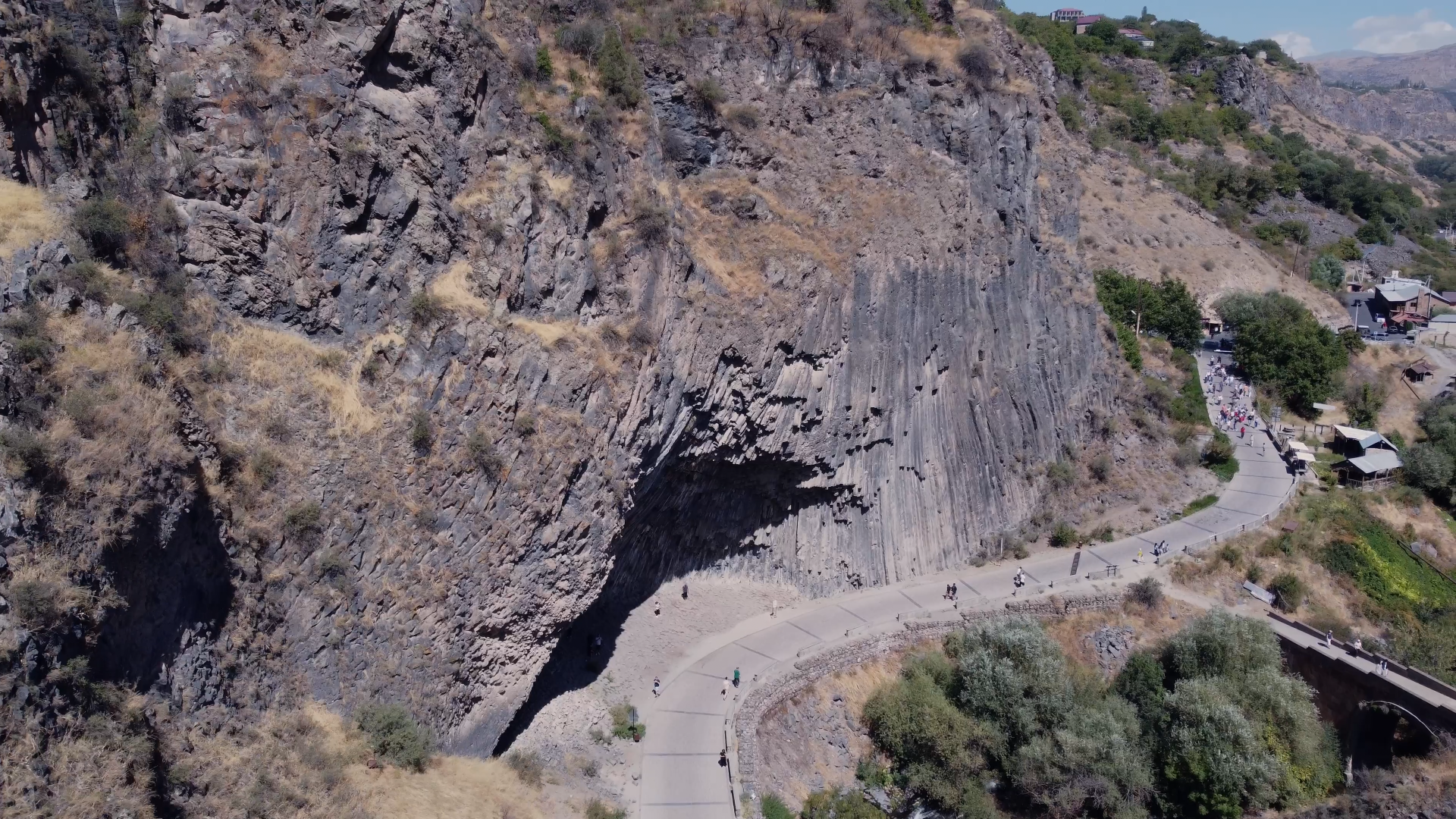
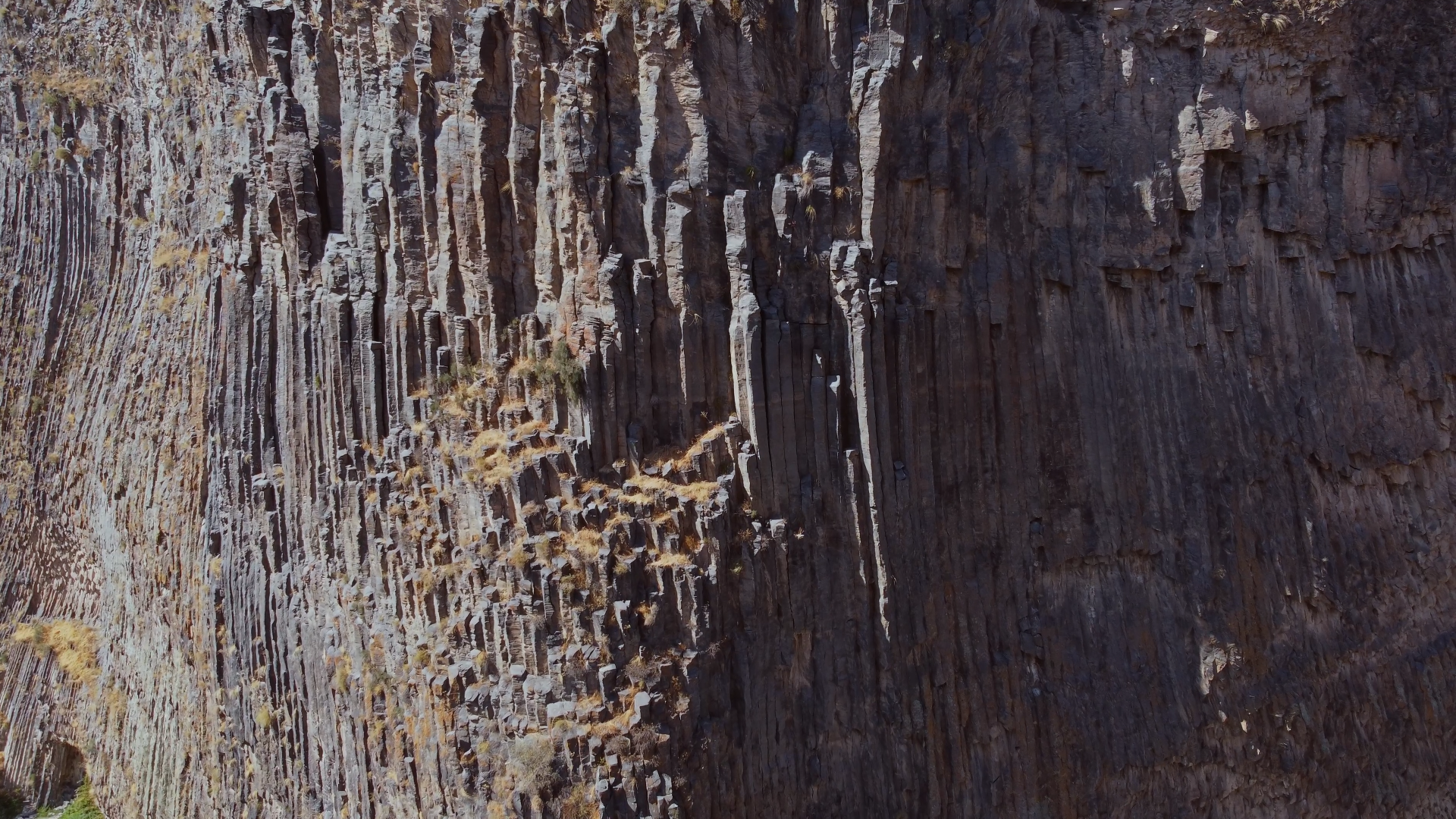
From the temple you can see some of these formations as the valley weaves throughout the landscape, though the real spectacle remains a bit of a drive away. The Symphony of Stones is actually a formation through the rapid cooling of volcanic rock, producing a certainly unique shape in the process. These are more commonly known as Basalt Columns. Columns with a hexagonal shape. Given the literal nature of their creation, Basalt Columns are commonly found throughout other historically or current volcanic regions in the world. To no surprise, a more common location for seeing these is Iceland. Though here, in the dry and desert landscape of Armenia resides this curious valley of varying shapes. Where above the land is mostly dry, scorched from the intense summer sun. Where the nearest body of water is a significantly longer drive away and all that is really found are mountain ranges and the odd stream that runs through the valley.
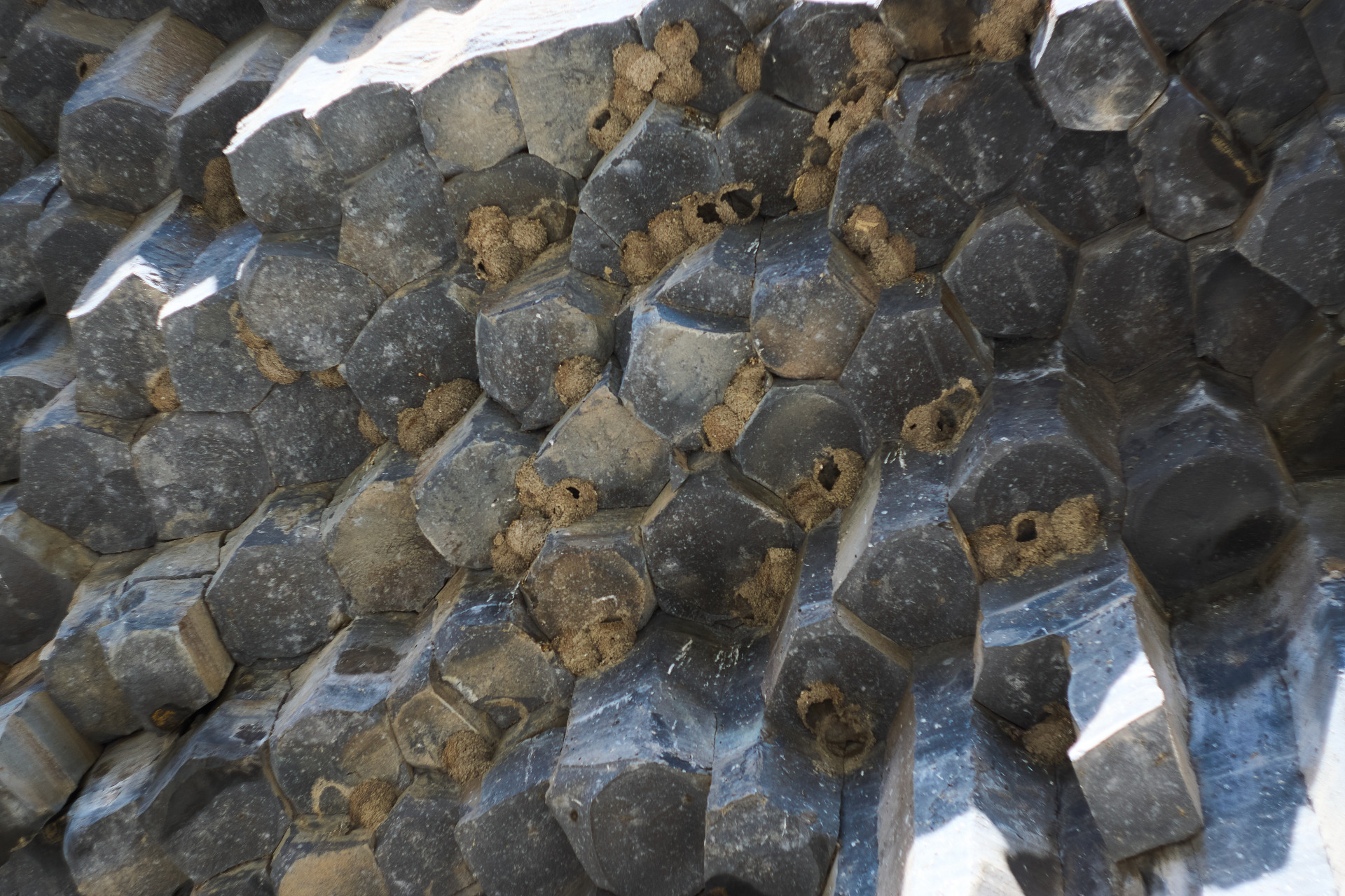
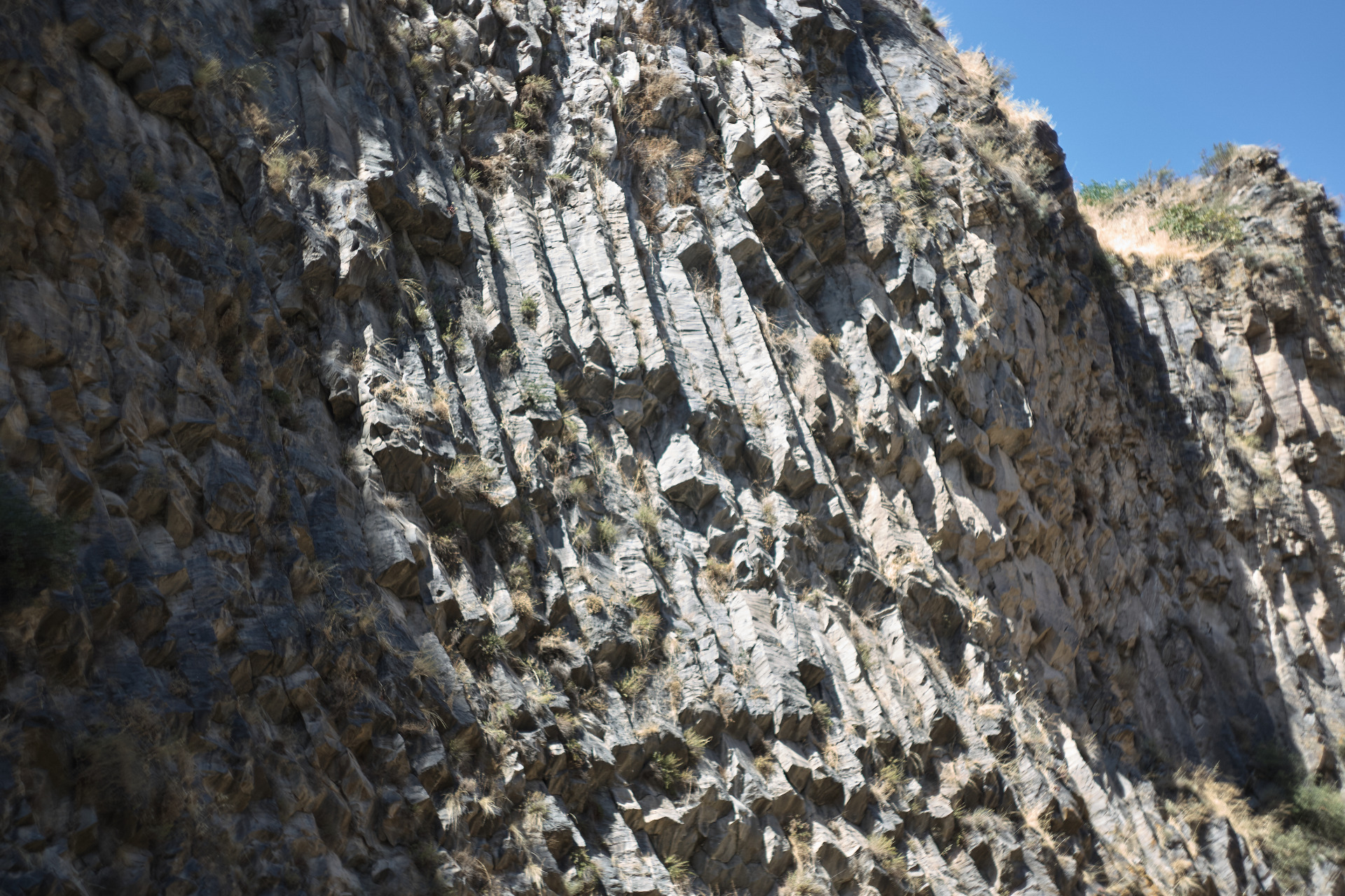
Throughout the area there are a few hiking trails which take you through and above the valley, through these were not something we checked out one the day. Mostly because we had other locations in mind later on, and it was way too sunny and warm to want to walk around here. Even just walking around the side of the cliff it felt uncomfortable. Already autumn but not much of a sign of it in this region still. In a couple more months these mountains will see a coating of snow, which I'm sure adds another layer of beauty over the landscape and the landmark itself. I would say that this is probably a location that's best visited outside of summer given the heat and lack of natural protection from it. There are no trees around, and depending on the time of day, standing beneath the Symphony of Stones itself won't offer any protection. And the area is riddled with warnings to in fact not stand near the stones themselves, which tower above and arch around the the walkway. This is due to the fact that the stones and columns loosen over time.
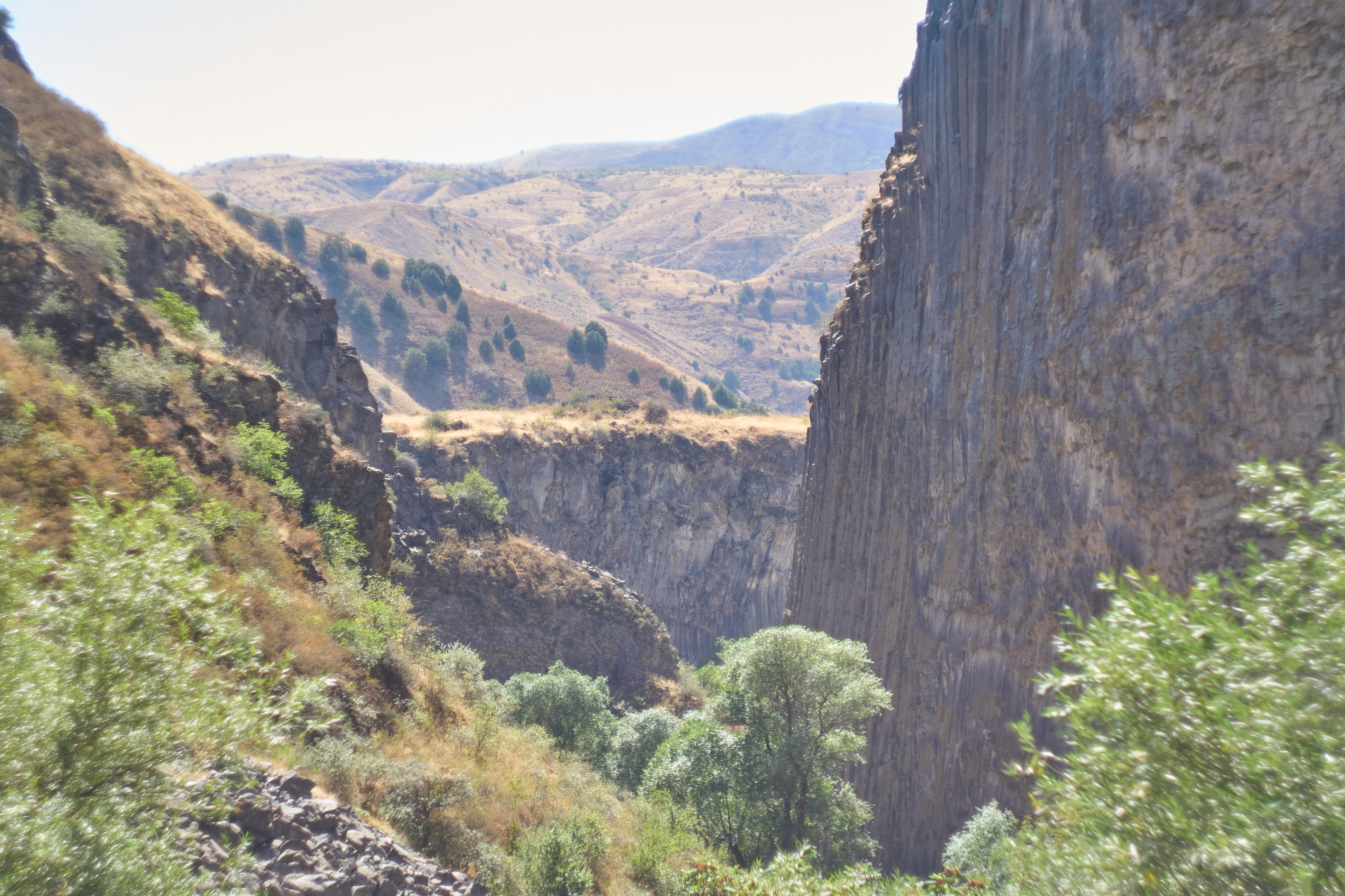
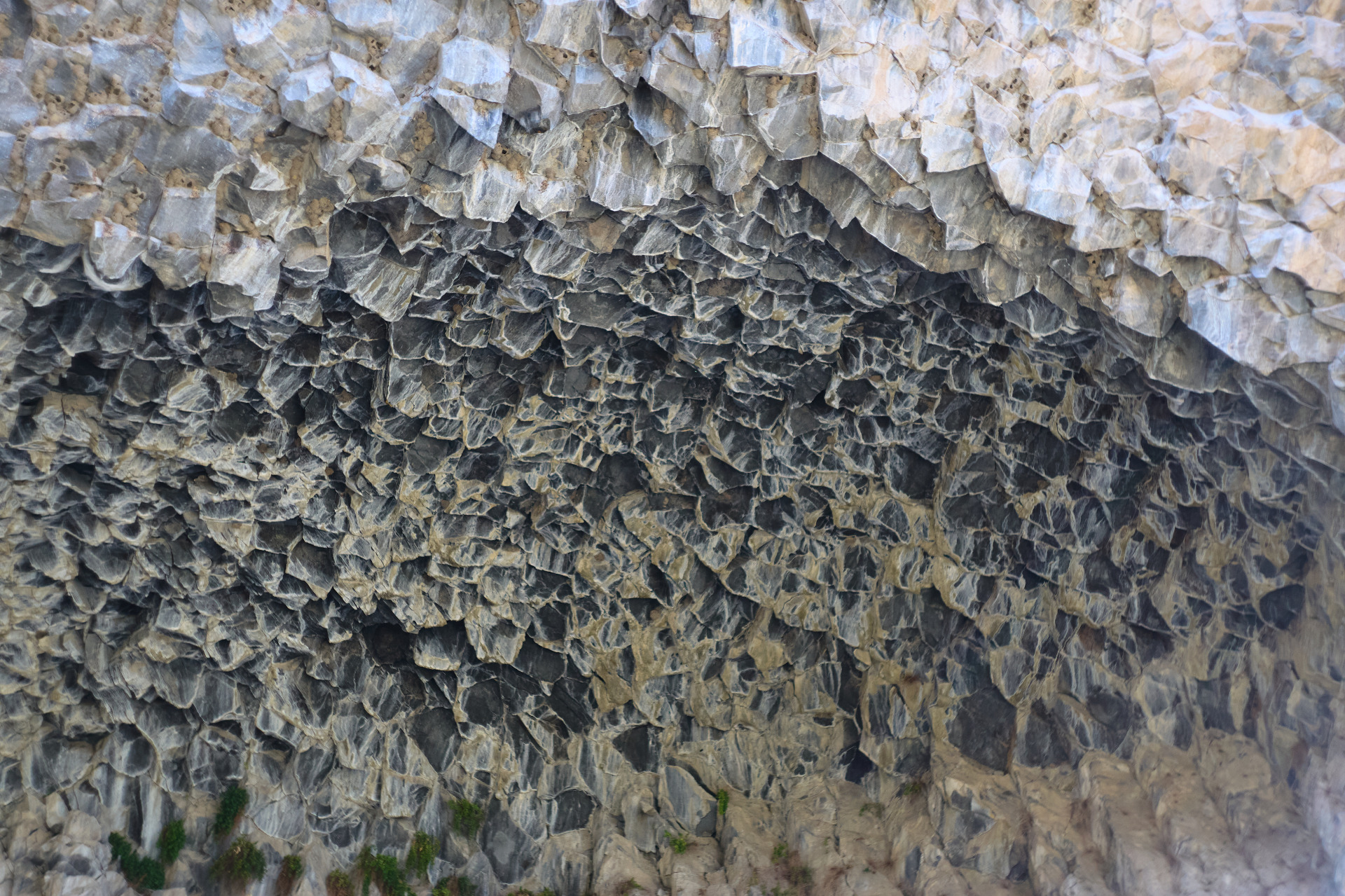
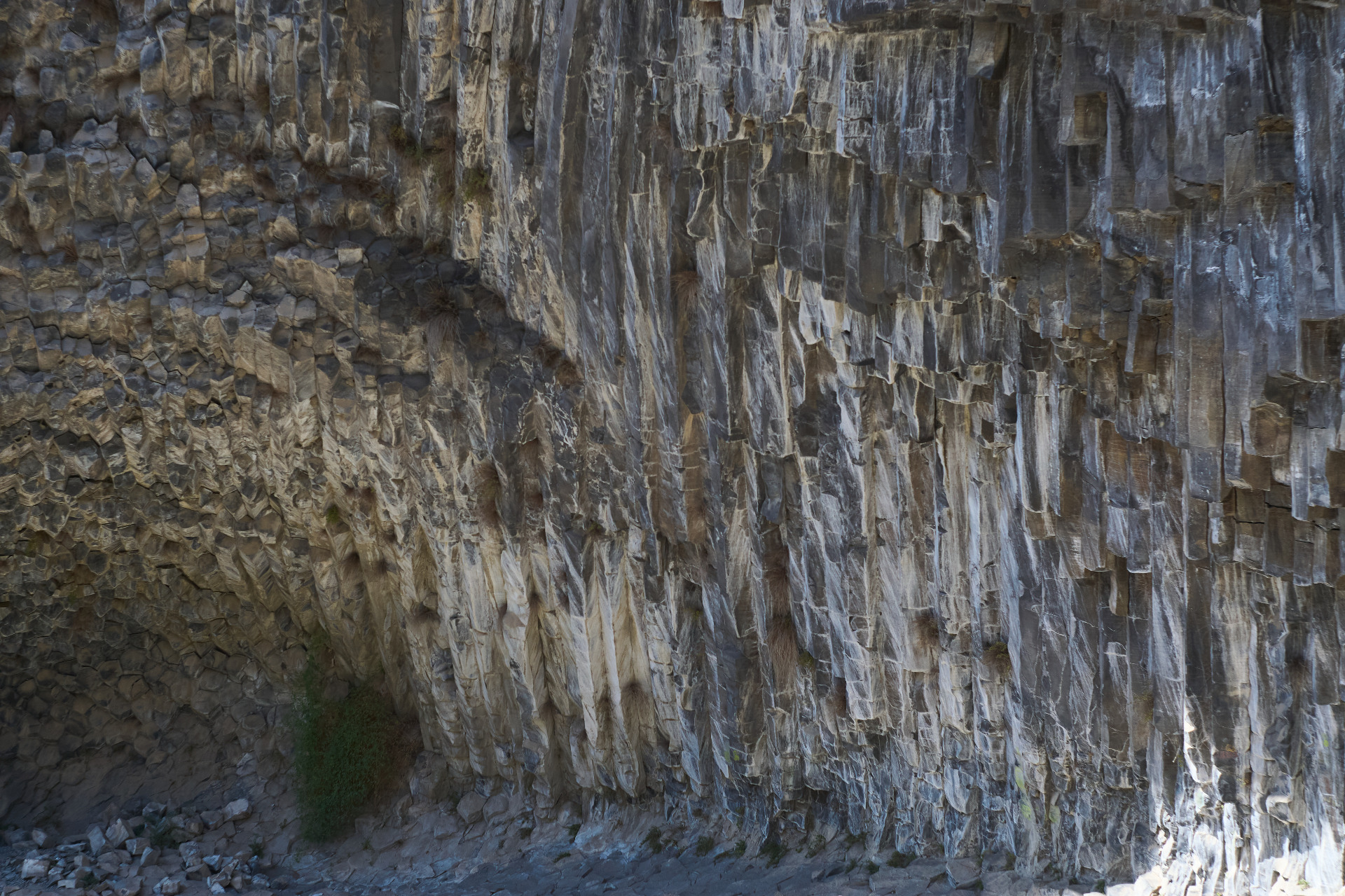
This area sees a lot of earthquakes as well. So it's common for these large pieces of stone to just fall unexpectedly. I can't imagine how that would look given how huge some of them are. But seeing these warnings also gave me the realisation that this landmark might not be around in the future, if the columns continue to decay. In some ways that decay is already visible, with some parts of the mountain having huge chunks of them missing. I mentioned before that this specific area isn't the only one with the columns though, it does stretch throughout the valley, but here is the main attraction for some reason. It's an easy thing to check out and move on from, and you likely won't spend a lot of time there walking around. Something you can take a look at alongside visiting the Garni Temple in the same day. And if you really want to appreciate the landscape around, take a drone with you. You'll see just how huge the area really is, and how connected with the history it is.
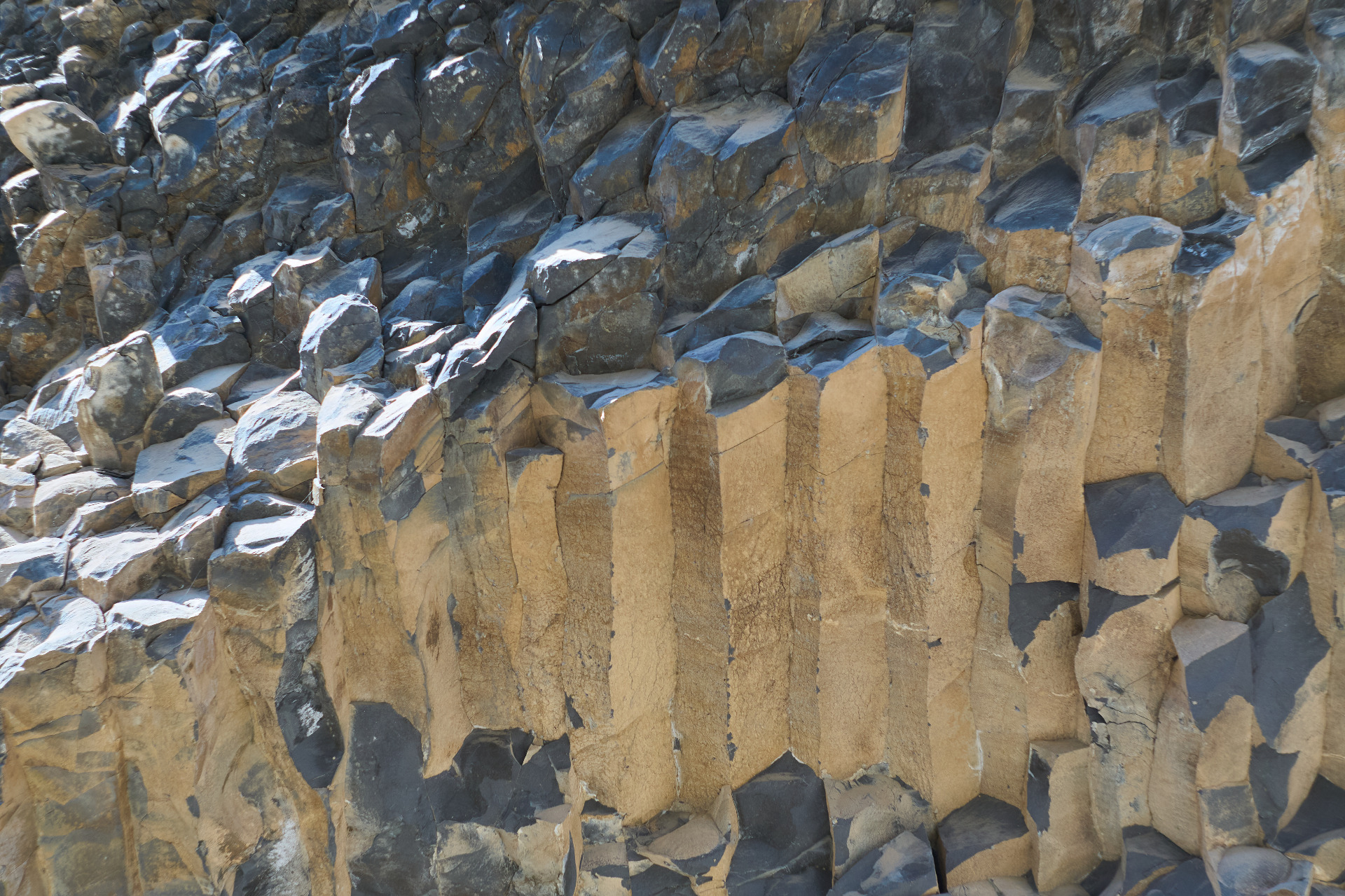
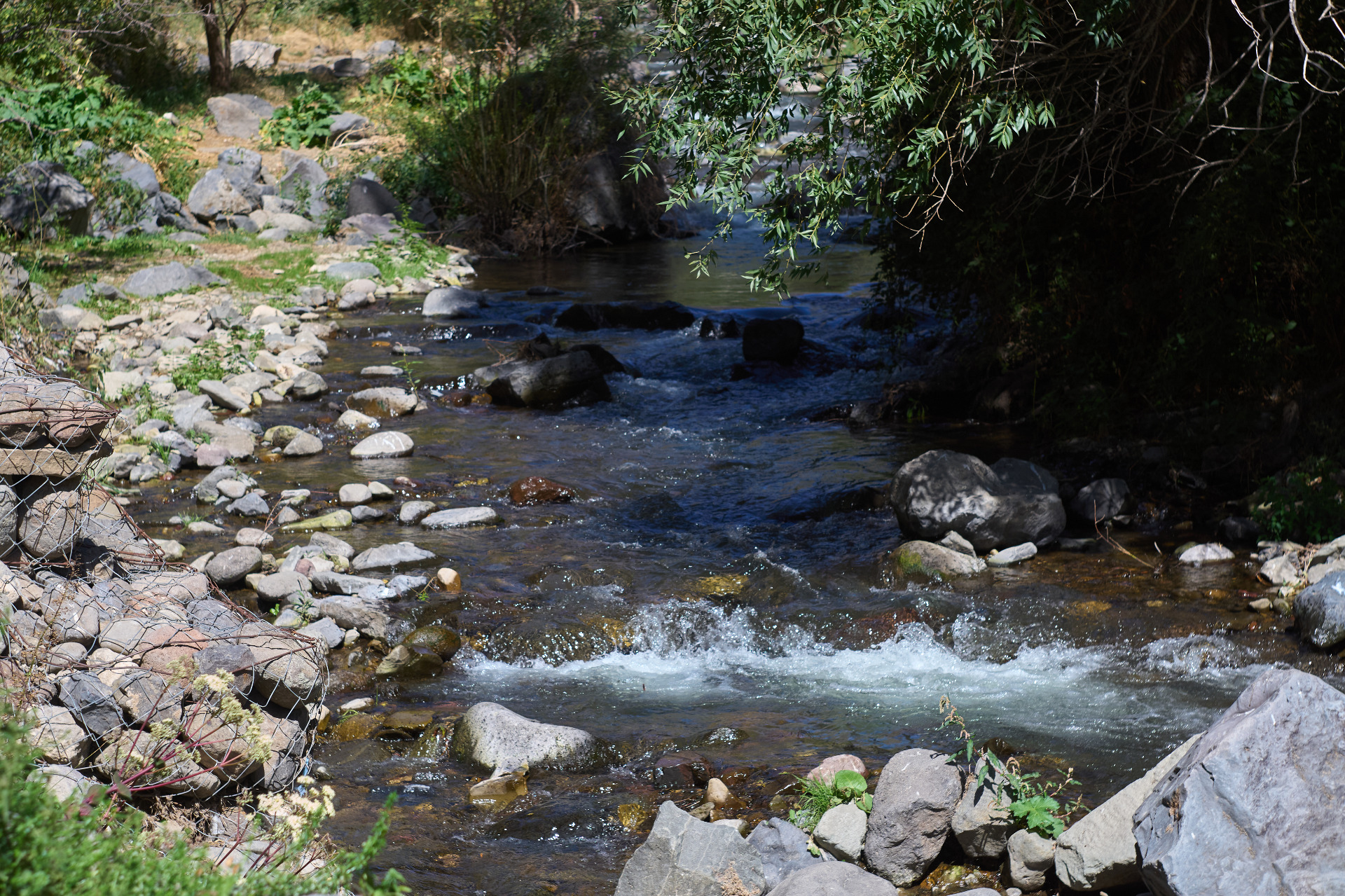
This was quite a busy tourist destination even after August. A lot of people that were clearly foreigners roaming around. I'm not surprised though. And even with plenty of people coming and going, it didn't feel like a chaotic space. It felt peaceful. With the strong winds passing through the valley, the sounds of the birds nesting above in the columns, chirping away. And a nearby stream that ran through, with a bit of flowing water to add. It felt natural and calm despite the heat. Though one more time: I do think it is best to come here on a colder day. Perhaps early spring or in the winter. Still likely to be busy, but easier to walk around and enjoy the scenery without the heat getting to you. Nearby, at least, are a few little stalls where locals attempt to sell things like Gata and water.
View this post on TravelFeed for the best experience.